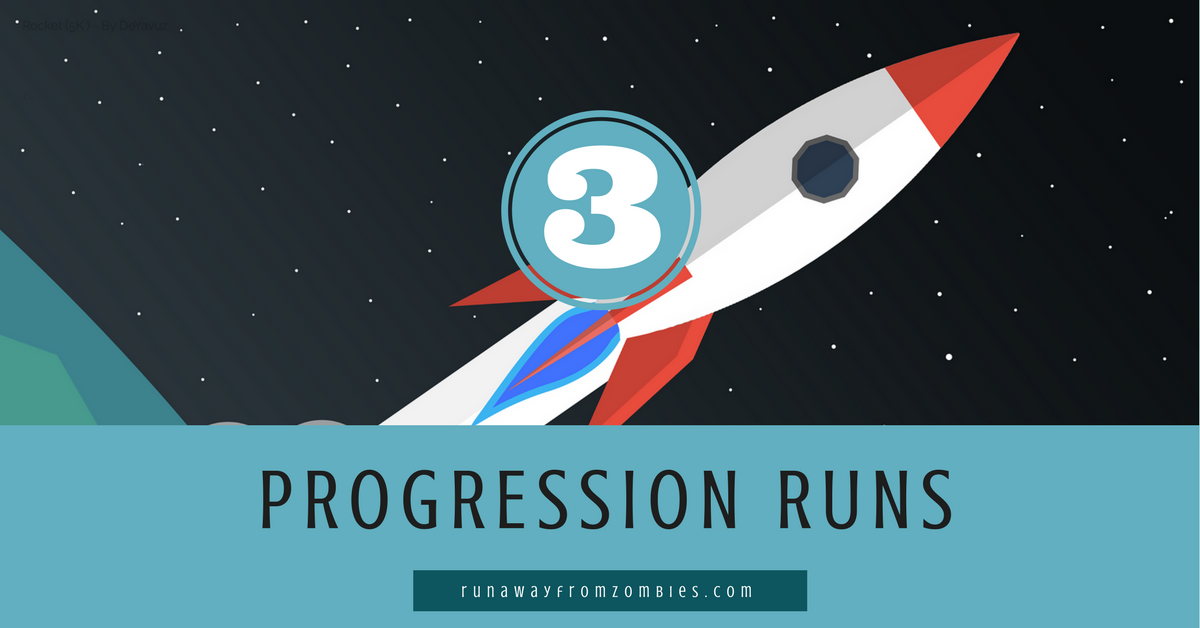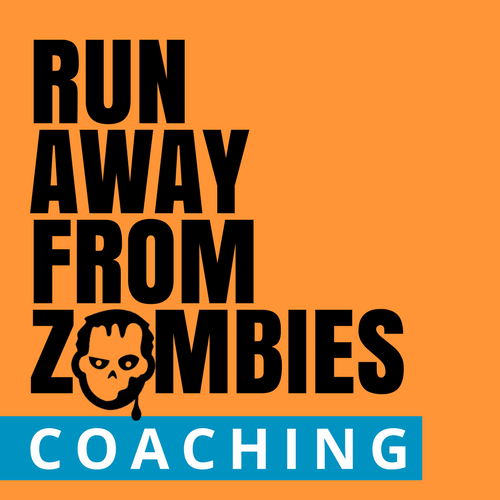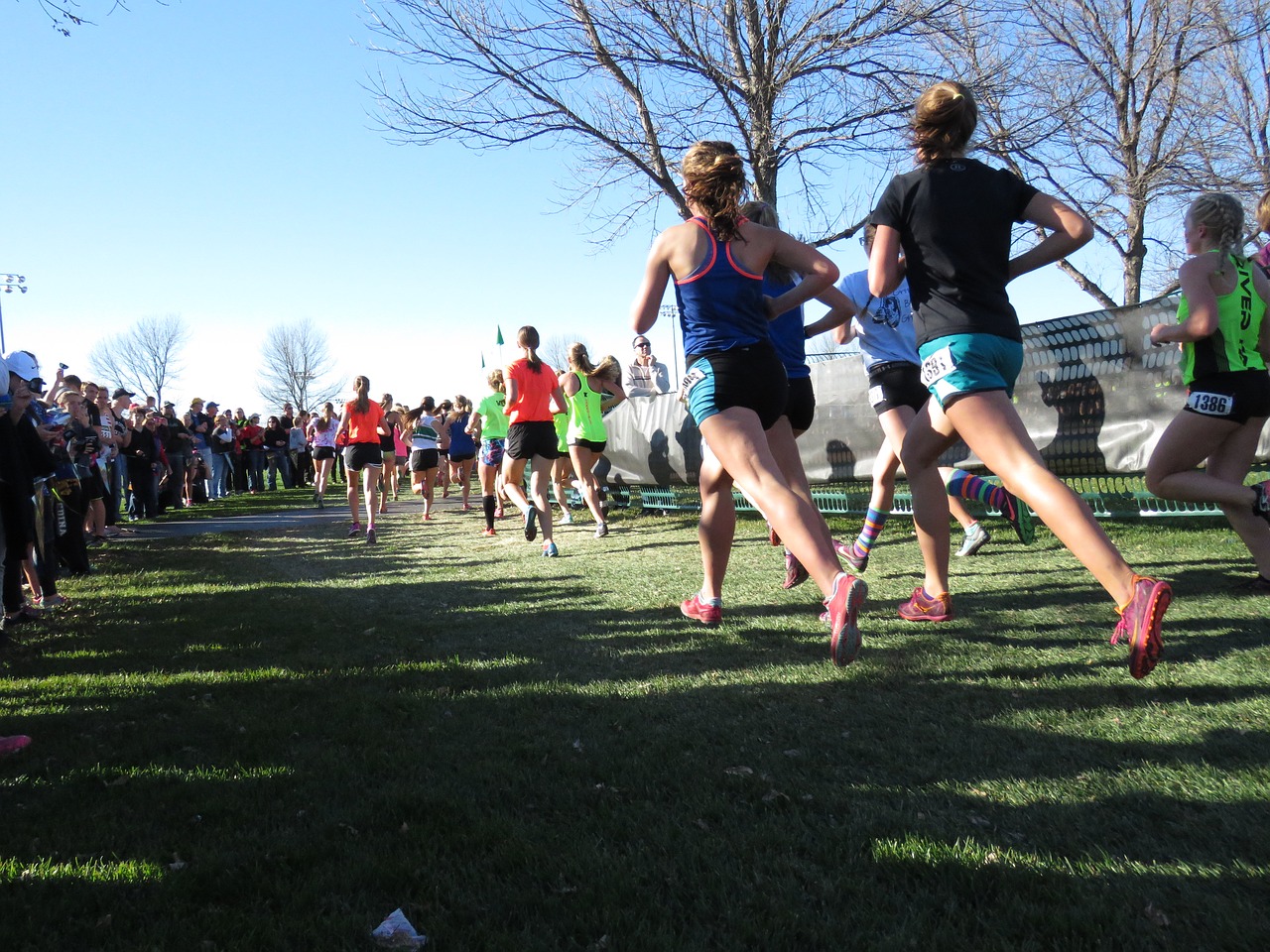Always slowing down at the end of a race?
Sometimes it’s just a mistake at the beginning of the race (uh, see: my last marathon). But, what if it’s beginning to feel less like a mistake and more like a habit? You’re always fading those last few miles even when you start right on target.
If I was your coach, first I’d look at your workouts. If you’re slowing down at the end of every workout, you’re likely to do the same on race day. You need to practice pushing back when fatigue, panic, and healthy-pain sets in. At the same time, you want to recover quickly after every workout or you’re at risk for overtraining, burnout, and missing extended training. So what’s the solution?
Progression Runs.
Progression runs physically and mentally train you to resist The Dreaded Fade without the demand of other harder efforts. Read how new and advanced runners can use progression runs to supplement their training without going overboard.

Progression Runs: Boost Your Finish
What are Progression Runs?
In any progression run, you start slow and you end fast.
By starting slow, moving into an easy run, and then finishing fast, you get some quality fast running AND a quick recovery time afterward. It’s the best of both worlds.
Progression runs are versatile. They can introduce newbies to speedwork, or advanced runners can add one to an easy run without interfering with other key workouts.
The Versatility of Progression Runs
Progression runs are easily altered for any training program.
Saltmarsh Running offers a great 5K progression run:
20 min at 50% of your 5K pace, 15 minutes at 75% of your 5K pace, and then 10 minutes at 5K pace.
So for example, with an 8 min 5K pace, that would be 20 min at 12 min/mi pace, 15 min at 10 min/mi pace, then 10 min at 8 min pace.
By starting slower and spending limited time at your race pace, you gain a multitude of benefits from one run without a lot of fatigue rolling over into the next day. Perfect practice for race day.
Where do Progression Runs Fit into My Week?
For beginner runners, try progression runs once or twice a week depending on your experience. This will be a great way to start introducing your body to running faster and building off that solid foundation of aerobic running you now have. And the effectively long warm up before the fast portion will help prevent injuries that you may get from rushing into a “hard and fast” workout.
For experienced runners, add them to an easy running day right before speedwork or tempo runs. They will prime your legs for the faster running without tiring you out. Also this will add increased “quality” run time without too much trouble, pain, or risk. Remember not to replace key recovery runs. You still need slow, easy runs sometimes.

3 Progression Runs
1. Out & Back
Run to a turn-around point at your easy pace. Run the back portion at your tempo pace.
Tempo pace is “comfortably hard” – you should be able to say a few words or phrases, but not much more. It’s also not a sprint; you should be able to sustain it. Read more on tempo pace here.
Start with 15 or 20 minutes for the first half (less than 30 or 40 minutes total). This workout will teach you negative splits (running 2nd half faster than 1st), which is the strategy for most personal records and world records, alike.
2. Thirds
Mentally break your run into thirds.
Start the first third slower than your easy pace. Build to your easy pace for the middle third. For the final third, run at tempo pace or slightly slower (sometimes called steady-state). You want to step it up without going into full-blown racing mode.
These runs could be 30+ minutes long. Since you’re starting off slower than usual and only running fast for a short period, you can occasionally replace an “easy” day with one of these progression runs. You’ll get an extra 10-15+ minutes of tempo running outside of your weekly tempo!
3. Fast Finish
Do most of the workout at easy pace, and finish the last portion fast.
You can do this at the end of an easy run, completing 30 minutes slow and the last 10 minutes fast. Or, you can finish your long run with 3-5 miles at goal pace.
Both of these workouts will teach you how to run fast on tired legs.
Read about fast finishes for long runs here.
Ready to Try Progression Runs?
Progression runs teach you how to resist fade, push back against fatigue, and hone your negative split strategy. Negative splits are the key to many personal and world records.
If you have any questions about how to adding progression runs to your routine, ask me in the comments below. If you’re beyond confused on what your running plan should look like, check out my custom training plans where I take all the confusion out of how to run for your goals.

Share on social media!
Further Reading & Sources:
- 5K Tips for the Long Distance Runner
- 5K Racing Tips from All over the Web
- Saltmarsh Running’s Improve Your Running Stamina with Progression Runs
- McMillan Running’s Start Slow, Finish Fast: How Three Types of Progression Runs Boost Your Fitness
- Competitor’s Progression Runs
- Runner’s World Progression Runs





This is a very good tip especially to those new to the blogosphere. Short but very accurate info… Thanks for sharing this one. A must read post.